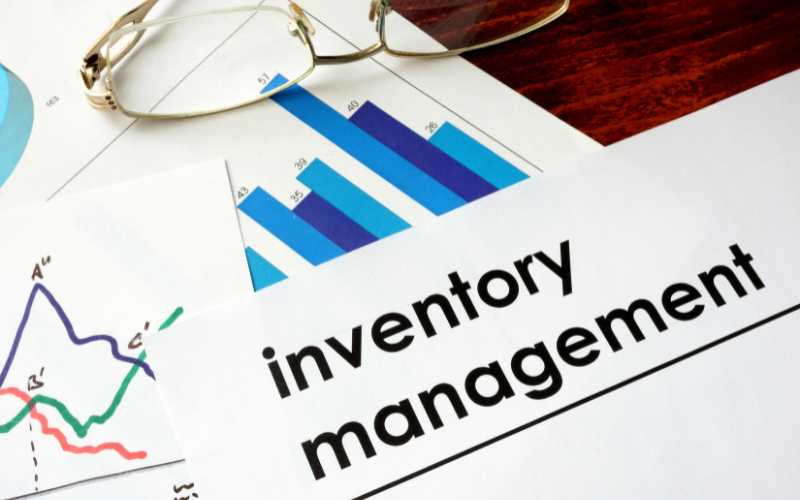Inventory management is the tracking of inventory from manufacturers to warehouses and from these facilities to point of sale. It is a critical element of the supply chain that helps businesses optimize their inventory levels, reduce costs, improve cash flow and satisfy customers.
Inventory management in logistics warehousing involves three core steps:
– Purchasing inventory: Ready-to-sell goods are purchased and delivered to the warehouse or directly to the point of sale.
– Storing inventory: Inventory is stored until needed. Goods or materials are transferred across the fulfillment network until ready for shipment.
– Profiting from inventory: The amount of product for sale is controlled. Finished goods are pulled to fulfill orders. Products are shipped to customers.
Benefits of Inventory Management in Logistics Warehousing
Inventory management in logistics warehousing can provide several benefits for businesses, such as:
Saving money:
By understanding stock trends and having accurate stock details, businesses can avoid overstocking or understocking, which can lead to deadstock, spoilage, theft, damage or lost sales. They can also reduce the costs of storage, insurance and transportation by keeping less stock at each location and using the stock they have efficiently¹.
Improving cash flow:
By ordering and selling inventory that moves well, businesses can increase their revenue and free up their cash flow. They can also take advantage of discounts or incentives from suppliers for bulk or timely orders.
Satisfying customers:
By ensuring they have enough inventory to fulfill customer orders without delay, businesses can improve customer satisfaction and loyalty. They can also offer more variety and customization options by having access to inventory across their fulfillment network.
Techniques of Inventory Management in Logistics Warehousing
There are several techniques that businesses can use to improve their inventory management in logistics warehousing, such as:
Periodic inventory management:
This is a method of inventory valuation that involves performing a physical count of the inventory at specific intervals and calculating the cost of goods sold (COGS) by adding new inventory purchases and deducting ending inventory from the beginning inventory.
Barcode inventory management:
This is a system that uses a number to identify each product and associates several data points to it, such as the supplier, product dimensions, weight and stock level. Businesses can use barcode scanners to track the movement and location of inventory throughout the supply chain.
RFID inventory management:
This is a system that uses radio frequency identification tags to transmit the identity and information of a product wirelessly. Businesses can use RFID readers to monitor the status and condition of inventory without direct contact or line-of-sight.
Warehouse management:
This is a process that organizes and optimizes the storage of inventory in a warehouse. It involves using software tools to plan the layout, design, allocation and movement of inventory within the warehouse. It also involves using automation technologies such as robots, drones or conveyor belts to speed up the picking, packing and shipping of orders.
Inventory management in logistics warehousing is a vital part of the supply chain that helps businesses balance their supply and demand, reduce their operational costs, increase their profitability and enhance their customer service. By using various techniques and tools, businesses can achieve efficient inventory management in logistics warehousing and gain a competitive edge in the market.
Works Cited:
(1) What is inventory management and how does it work? | IBM. https://www.ibm.com/topics/inventory-management
(2) Why Inventory Management Plays a Crucial Role in the Logistics Industry?. https://www.assetinfinity.com/blog/logistics-inventory-management
(3) What is Inventory Management? Benefits, Types, & Techniques. https://www.netsuite.com/portal/resource/articles/inventory-management/inventory-management.shtml
(4) The Importance of Warehouse and Inventory Management. https://redstagfulfillment.com/warehouse-and-inventory-management/



